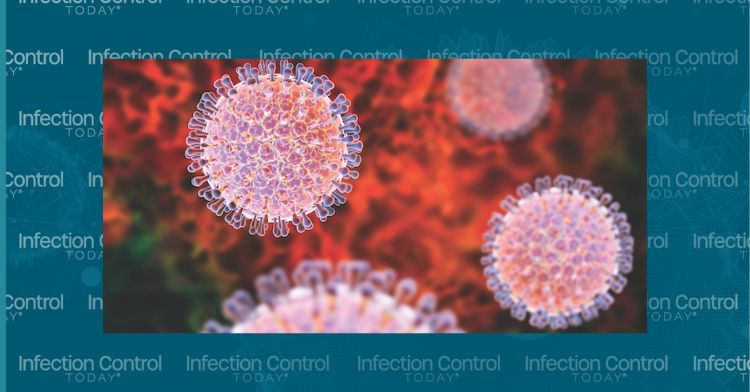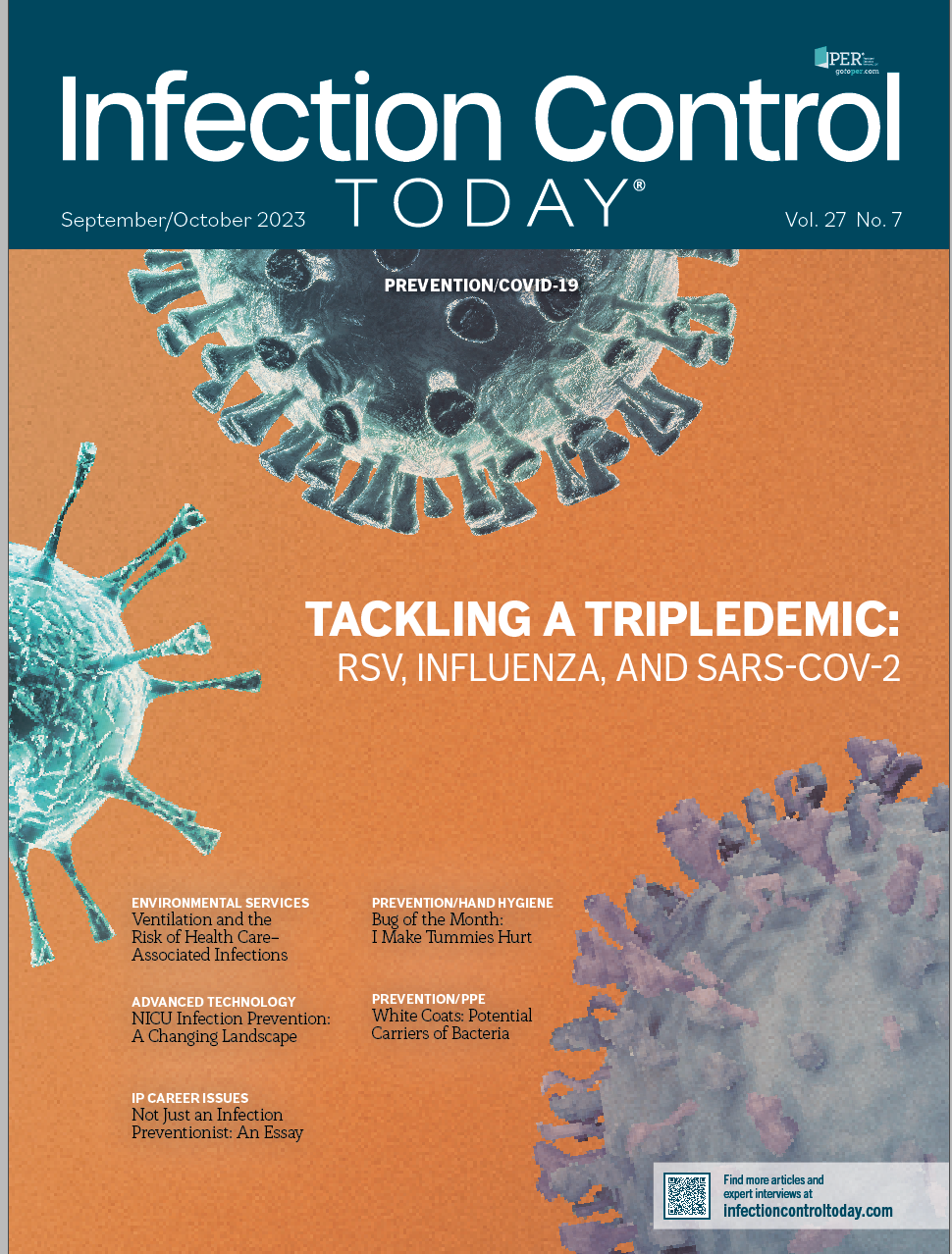Bug of the Month: I Make Tummies Hurt
Bug of the Month helps educate readers about existing and emerging pathogens of clinical importance in health care facilities today.
(Adobe Stock 57303652 by Dr_Microbe)

Bug of the Month helps educate readers about existing and emerging pathogens of clinical importance in health care facilities today. Each column explores the Bug of the Month's etiology, the infections it can cause, the modes of transmission, and ways to fight its spread. The pathogen profiles will span bacterial, viral, fungal, and parasitic species. We encourage you to use Bug of the Month as a teaching tool to help educate health care personnel and start a dialogue about microbiology-related imperatives.
Click here to guess the September/October 2023 Bug of the Month
Newsletter
Stay prepared and protected with Infection Control Today's newsletter, delivering essential updates, best practices, and expert insights for infection preventionists.
Reducing Hidden Risks: Why Sharps Injuries Still Go Unreported
July 18th 2025Despite being a well-known occupational hazard, sharps injuries continue to occur in health care facilities and are often underreported, underestimated, and inadequately addressed. A recent interview with sharps safety advocate Amanda Heitman, BSN, RN, CNOR, a perioperative educational consultant, reveals why change is overdue and what new tools and guidance can help.
New Study Explores Oral Vancomycin to Prevent C difficile Recurrence, But Questions Remain
July 17th 2025A new clinical trial explores the use of low-dose oral vancomycin to prevent Clostridioides difficile recurrence in high-risk patients taking antibiotics. While the data suggest a possible benefit, the findings stop short of statistical significance and raise red flags about vancomycin-resistant Enterococcus (VRE), underscoring the delicate balance between prevention and antimicrobial stewardship.
The Next Frontier in Infection Control: AI-Driven Operating Rooms
Published: July 15th 2025 | Updated: July 15th 2025Discover how AI-powered sensors, smart surveillance, and advanced analytics are revolutionizing infection prevention in the OR. Herman DeBoard, PhD, discusses how these technologies safeguard sterile fields, reduce SSIs, and help hospitals balance operational efficiency with patient safety.
CDC Urges Vigilance: New Recommendations for Monitoring and Testing H5N1 Exposures
July 11th 2025With avian influenza A(H5N1) infections surfacing in both animals and humans, the CDC has issued updated guidance calling for aggressive monitoring and targeted testing to contain the virus and protect public health.
A Helping Hand: Innovative Approaches to Expanding Hand Hygiene Programs in Acute Care Settings
July 9th 2025Who knew candy, UV lights, and a college kid in scrubs could double hand hygiene adherence? A Pennsylvania hospital’s creative shake-up of its infection prevention program shows that sometimes it takes more than soap to get hands clean—and keep them that way.